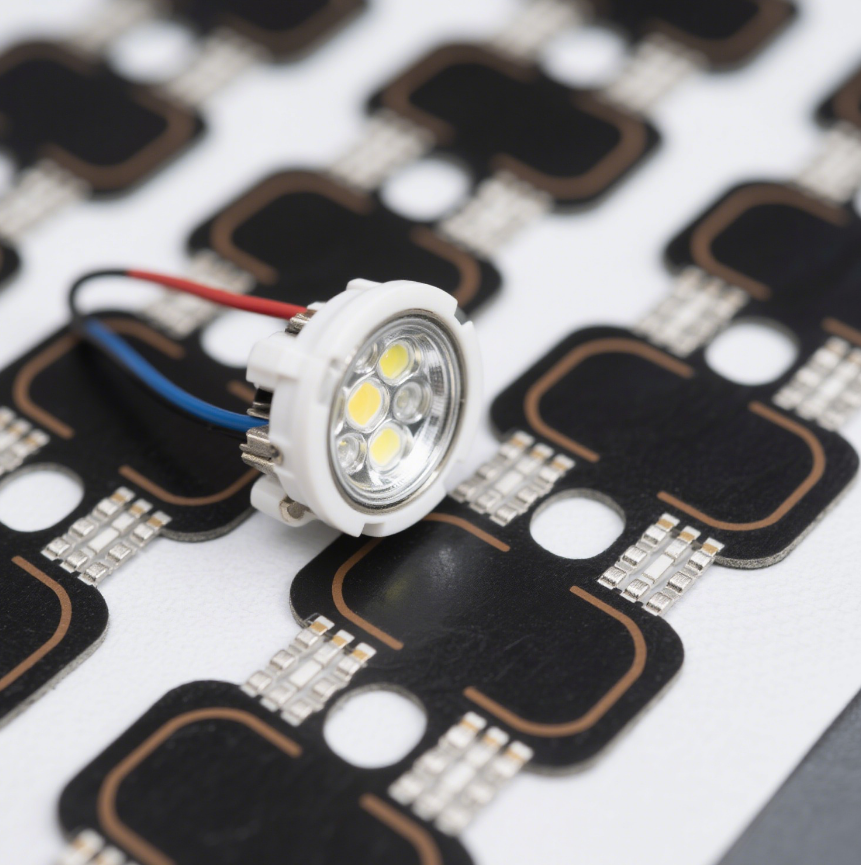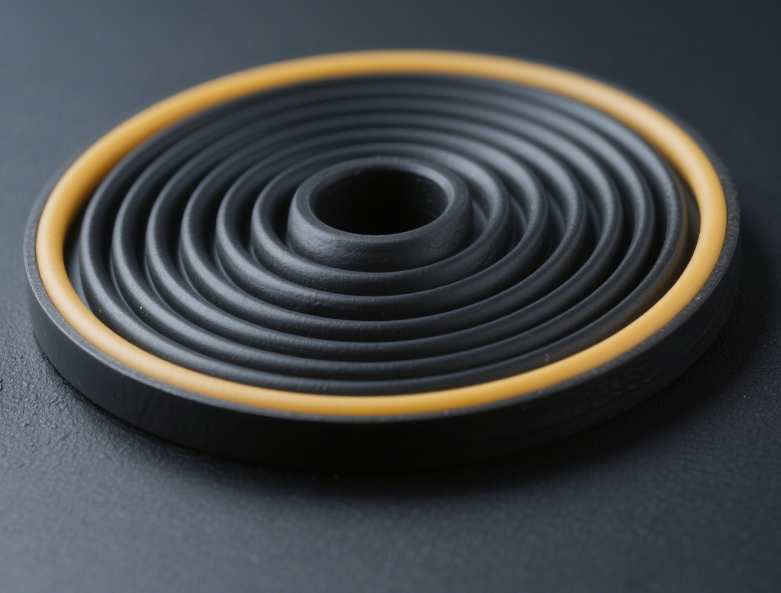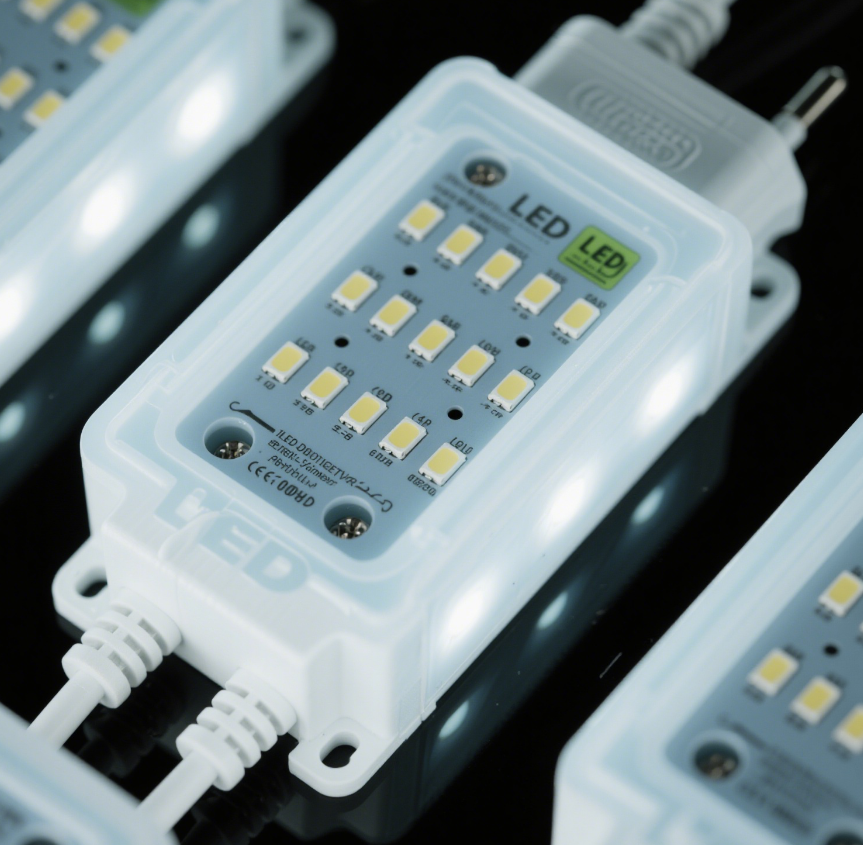Electronic shielding rubber in navigation systems
2025/06/18
0
In the era of rapid development of modern technology, navigation systems have become indispensable tools in people’s life and production. From vehicle-mounted navigation to professional navigation equipment in aerospace and maritime fields, their accuracy and stability are of great importance. Electronic shielding rubber, with its unique properties, plays a key role in navigation systems.
Performance Basis of Electronic Shielding Rubber
Electronic shielding rubber is composed of a rubber matrix compounded with conductive fillers. The rubber matrix endows it with good flexibility and elasticity, enabling it to adapt to the complex shapes and structures of navigation devices and achieve a tight fit. Common conductive fillers include metal powders (such as silver powder, copper powder), metal fibers, carbon black, etc., which give the rubber conductive properties. When an external electromagnetic field acts on the electronic shielding rubber, an induced current is generated on its surface. This current produces a reverse electromagnetic field that cancels out the external electromagnetic field, thus achieving the electromagnetic shielding effect. Its shielding effectiveness varies in different frequency bands: in the frequency band below 1GHz, the shielding effectiveness can reach more than 50dB through reasonable design and selection of fillers; in the frequency band of 1-10GHz, the shielding effectiveness of high-quality electronic shielding rubber can reach 80dB or even higher, effectively blocking various electromagnetic interferences.
Core Applications of Electronic Shielding Rubber in Navigation Systems
Ensuring the Accuracy of Signal Reception and Processing
Navigation systems rely on satellite signals or other wireless signals to determine position and direction. There are a large number of electromagnetic interference sources in the external environment, such as communication base stations, industrial equipment, broadcast transmission towers, etc. These interference signals will seriously affect the signal reception of navigation systems. Electronic shielding rubber can be applied to key parts of navigation equipment, such as antenna covers and signal receiving module housings.
- In aerospace navigation systems, using electronic shielding rubber for satellite communication antenna covers can effectively shield external electromagnetic interference, ensure that the antenna accurately receives weak satellite signals, and improve positioning accuracy.
- In maritime navigation systems, the signal receiving module wrapped by electronic shielding rubber can resist the interference of complex electromagnetic environments at sea, ensure that ships accurately obtain navigation information, and avoid route deviations caused by signal interference.
Optimizing the Internal Electromagnetic Environment
The navigation system integrates many electronic components and circuits, such as processors, memories, sensors, etc., which will generate electromagnetic signals during operation. These signals may interfere with each other and affect the normal operation of the system. Electronic shielding rubber can be made into shielding parts of various shapes to isolate different circuit modules.
- On the mainboard of vehicle-mounted navigation systems, isolation walls made of electronic shielding rubber are used to separate radio frequency circuits, digital circuits, and power circuits to prevent signal crosstalk.
- In high-precision surveying and mapping navigation equipment, sensors wrapped by electronic shielding rubber can reduce the impact of electromagnetic interference generated by other circuits on sensor data collection, ensuring the accuracy of measurement data.
Improving Equipment Reliability and Durability
In addition to the electromagnetic shielding function, electronic shielding rubber also has good sealing performance and environmental adaptability. In navigation systems, electronic shielding rubber can be used for the sealing of equipment housings to prevent environmental factors such as dust, moisture, and salt spray from entering the interior of the equipment and causing corrosion and damage to electronic components.
- In portable navigation equipment used outdoors, the sealing ring of electronic shielding rubber can effectively block rainwater and dust, extending the service life of the equipment.
- In maritime navigation equipment working in marine environments, the sealing and protection of electronic shielding rubber can resist salt spray erosion and ensure the long-term stable operation of the equipment.
Application Trends of Electronic Shielding Rubber in Navigation Systems
With the development of navigation technology towards higher precision, miniaturization, and integration, higher requirements are put forward for electronic shielding rubber. In the future, electronic shielding rubber will develop towards high performance. Researchers will continue to explore new conductive fillers and rubber matrices to further improve the shielding effectiveness and working frequency band range. At the same time, lightweight and flexibility are also important development directions to meet the needs of miniaturized and flexible wearable navigation equipment. In addition, with the increasing strictness of environmental protection requirements, green and environmentally friendly electronic shielding rubber will be more widely used to reduce the impact on the environment.

















